Royal Caribbean and Carnival Cruises are among the cruise liners installing SpaceX’s Starlink on their fleet.


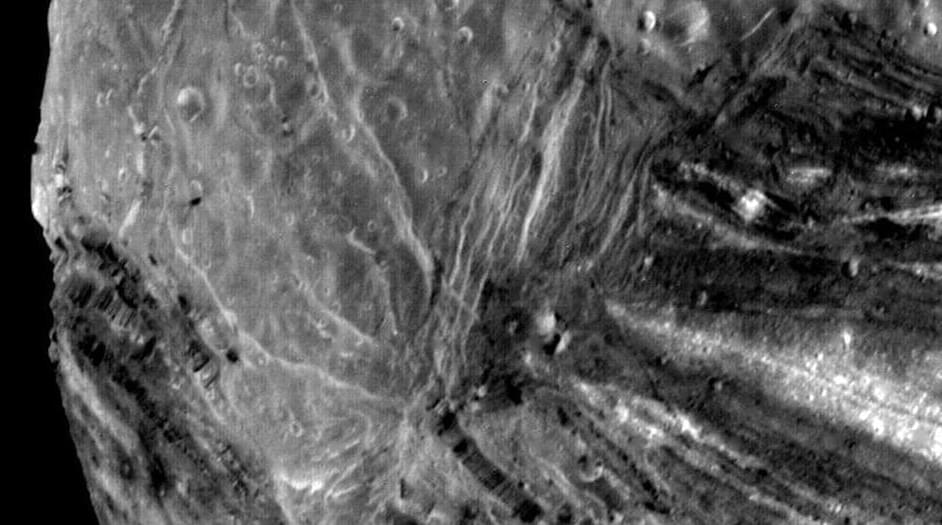
Inspired by the Renaissance vision of Leonardo da Vinci, NASA
Established in 1958, the National Aeronautics and Space Administration (NASA) is an independent agency of the United States Federal Government that succeeded the National Advisory Committee for Aeronautics (NACA). It is responsible for the civilian space program, as well as aeronautics and aerospace research. Its vision is “To discover and expand knowledge for the benefit of humanity.” Its core values are “safety, integrity, teamwork, excellence, and inclusion.” NASA conducts research, develops technology and launches missions to explore and study Earth, the solar system, and the universe beyond. It also works to advance the state of knowledge in a wide range of scientific fields, including Earth and space science, planetary science, astrophysics, and heliophysics, and it collaborates with private companies and international partners to achieve its goals.
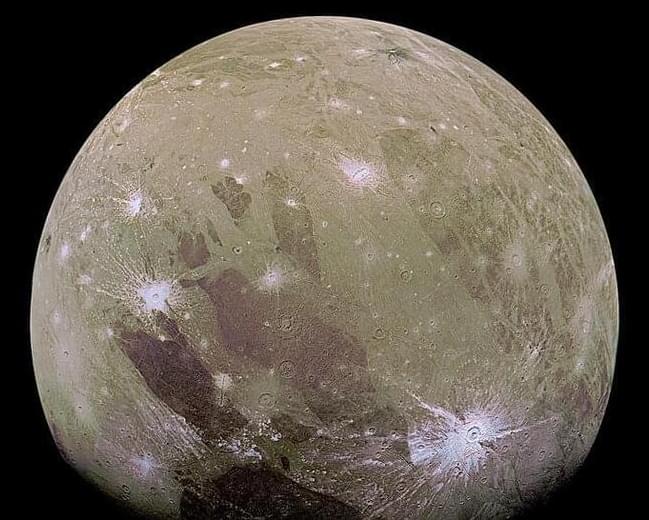
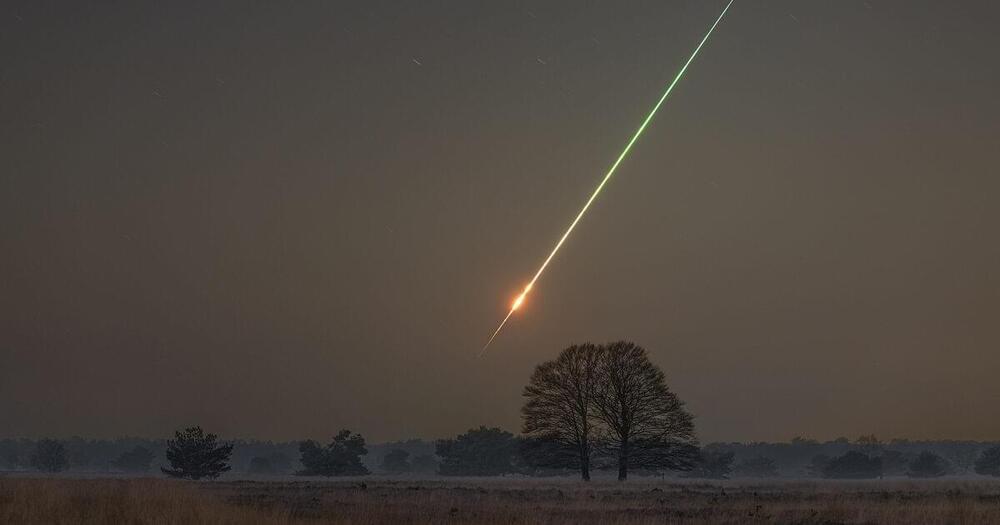
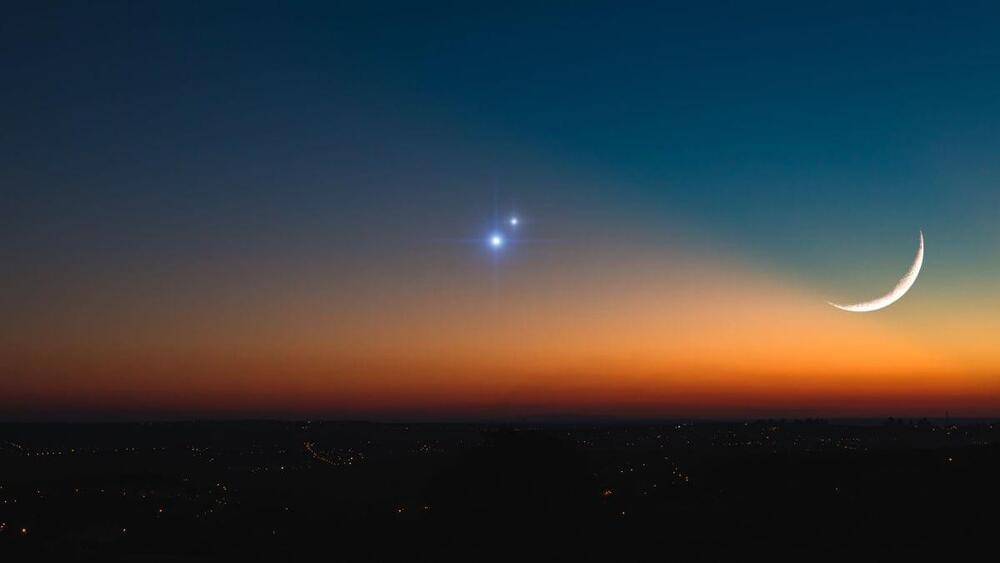

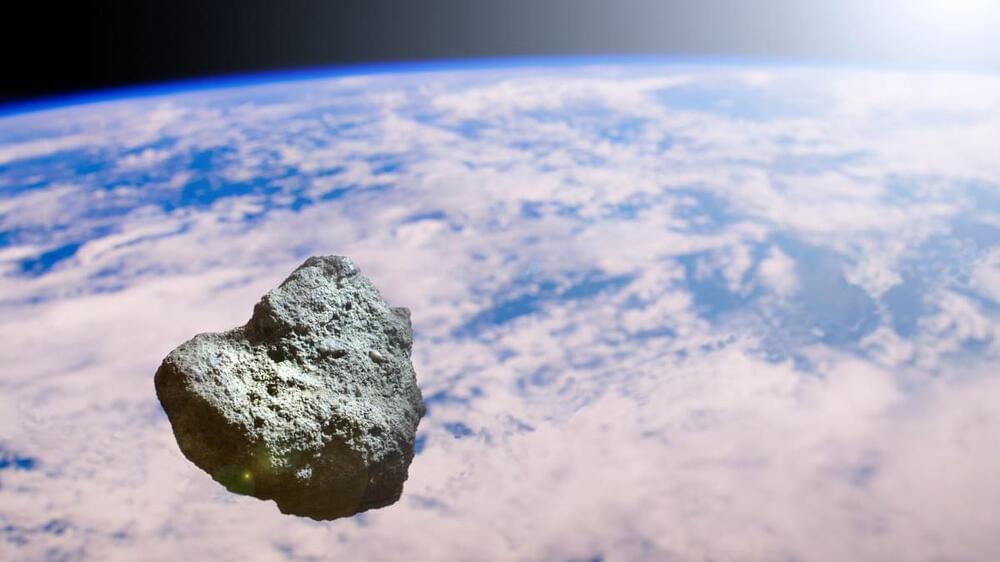
Go to https://brilliant.org/URL to get a 30-day free trial + the first 200 people will get 20% off their annual subscription.
For humanity to explore space and distant worlds, we will need to construct enormous artificial habitats in space with diverse ecologies.
Visit our Website: http://www.isaacarthur.net.
Join Nebula: https://go.nebula.tv/isaacarthur.
Support us on Patreon: https://www.patreon.com/IsaacArthur.
Support us on Subscribestar: https://www.subscribestar.com/isaac-arthur.
Facebook Group: https://www.facebook.com/groups/1583992725237264/
Reddit: https://www.reddit.com/r/IsaacArthur/
Twitter: https://twitter.com/Isaac_A_Arthur on Twitter and RT our future content.
SFIA Discord Server: https://discord.gg/53GAShE
Listen or Download the audio of this episode from Soundcloud: Episode’s Audio-only version: https://soundcloud.com/isaac-arthur-148927746/space-habitats.
Episode’s Narration-only version: https://soundcloud.com/isaac-arthur-148927746/space-habitats-narration-only.
Credits:
Space Habitats.
Science & Futurism with Isaac Arthur.
Episode 384, March 2, 2023
Written, Produced & Narrated by Isaac Arthur.
Editors:
Briana Brownell.
David McFarlane.
Graphics by:
Subscribe Here:
Ghost Town — The Specials (Robot Remix)
Enola Gay — Orchestral Manoeuvres In The Dark (Robot Remix)
Video Killed The Radio Star — The Buggles (Space Remix)
Tom’s Diner — Suzanne Vega (Dream Remix)
https://www.youtube.com/watch?v=6H8EqlYWwug.
True Faith — New Order (Extraordinary Bootleg Remix)